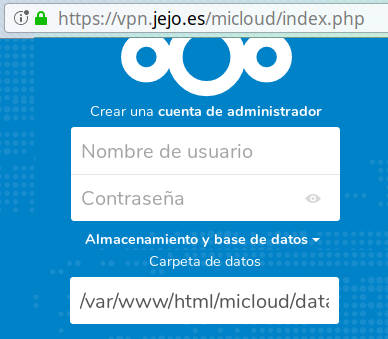
#KEEWEB INDEX.HTML EDIT PASSWORD#
Type in the path to your webdav and your username + password.Ĭongratulations! Your password manager is ready to use! Kategorien Howtos & more. I highly recommend to set a master password and a username! If you changed all your settings click on „Save as…“ and choose WebDAV. To do so, click on new in the bottom left corner. We want to save the database to our WebDAV to access it from everywhere. Go to your keeweb index page and click on new. If you enter the url you should see a login prompt and after this the keeweb index page. htaccess or add the authentication to your VHost like we setup above.

Now we add the authentication to our keeweb site. Save it and type in: sudo a2ensite nf & sudo service apache2 reload Now we need to create a keeweb config for our apache: vi /etc/apache2/sites-available/nf This will create a keeweb folder in your /var/www/ directory.
#KEEWEB INDEX.HTML EDIT INSTALL#
Install KeeWebįirst you need to install git: sudo apt install gitĪfter this you can clone the keeweb repository by typing in the following: cd /var/www/ If you install the desktop app, you're effectively self-hosting on your own laptop. Since it never communicates with any backend, it's just a matter of where your browser gets the files from.

Now test your settings by accessing /webdav. It's a fully frontend application, which means you download it and your browser renders the app. Save it and type in: sudo a2ensite nf & sudo service apache2 reload Type in: sudo vi /etc/apache2/sites-available/nf

Now we are going to create a new config for WebDAV in apache2: Now create a new directory for WebDAV and make it only accessable for the apache user: mkdir /var/www/webdav To enable WebDAV on Apache2 you need to type in the following command: sudo a2enmod dav_fs WebDAV is needed to store your password database. To use the authentication you can add the following to your VHost configuration: To do so type in the following: sudo htpasswd -c /etc/apache2/.htpasswd username


 0 kommentar(er)
0 kommentar(er)
